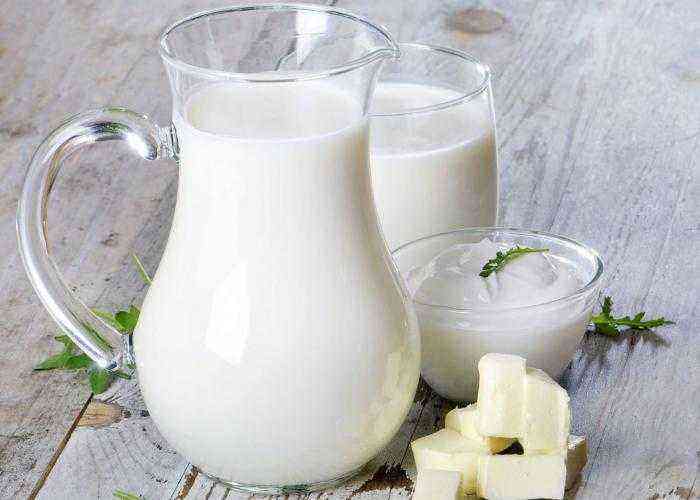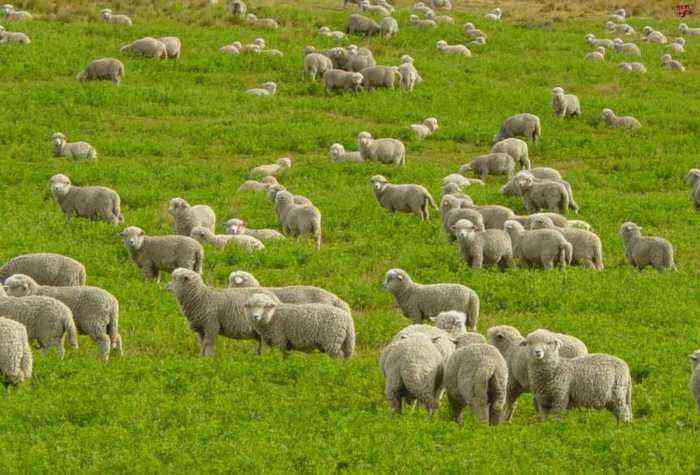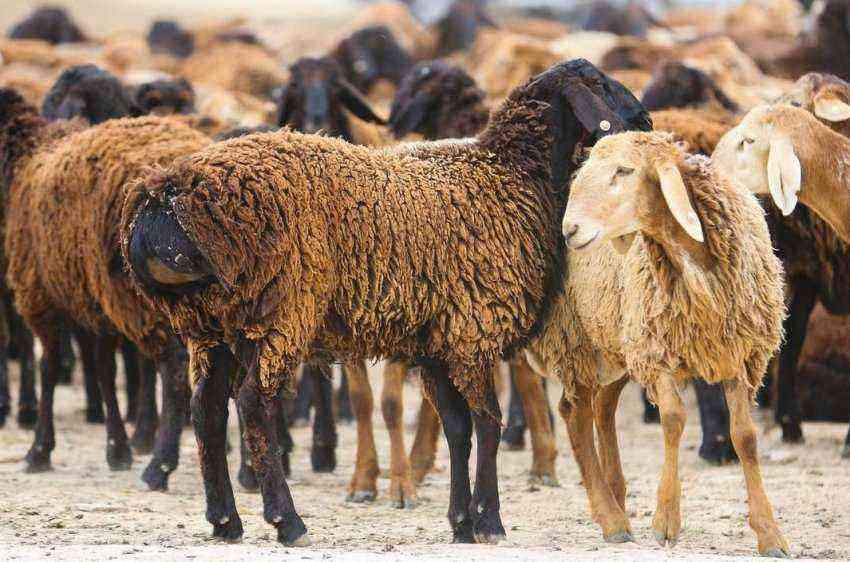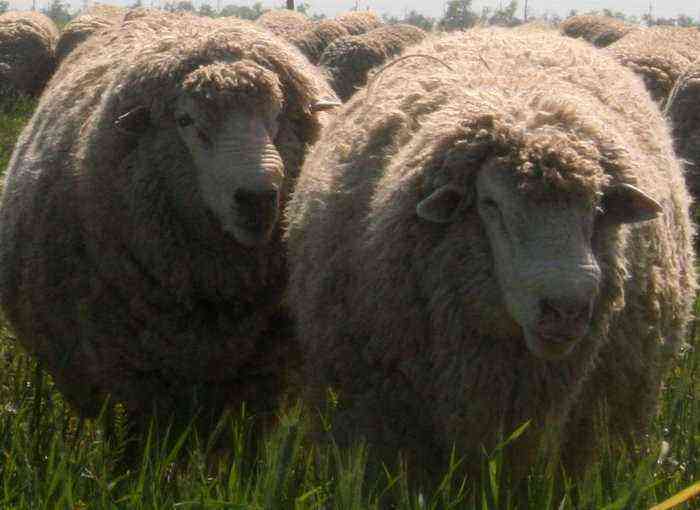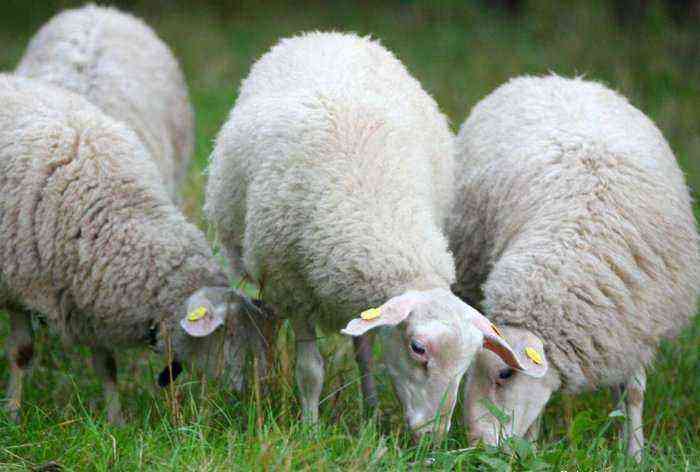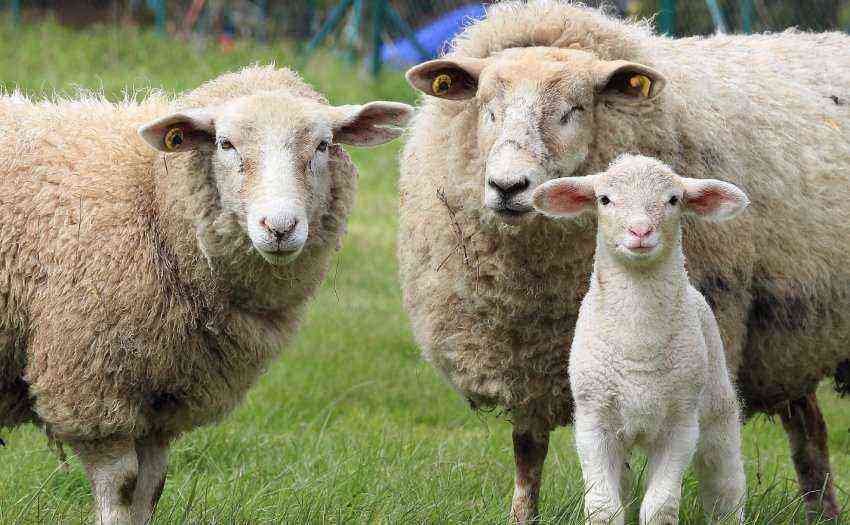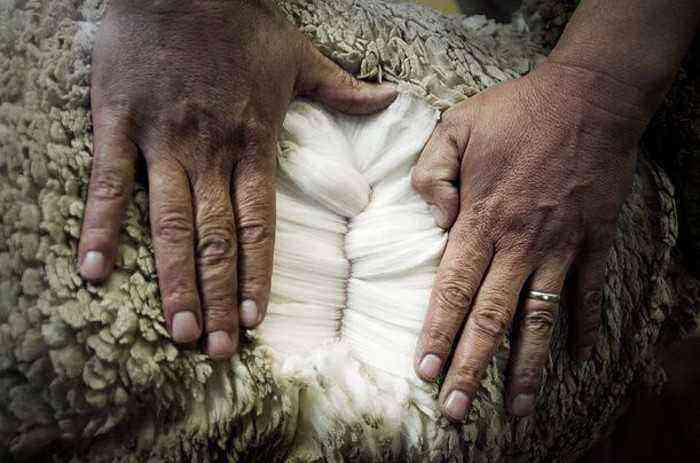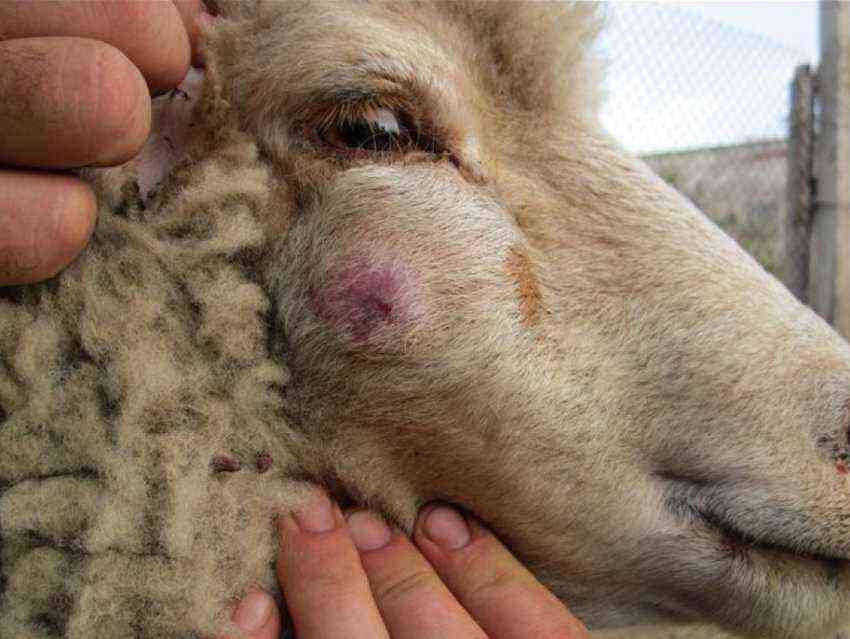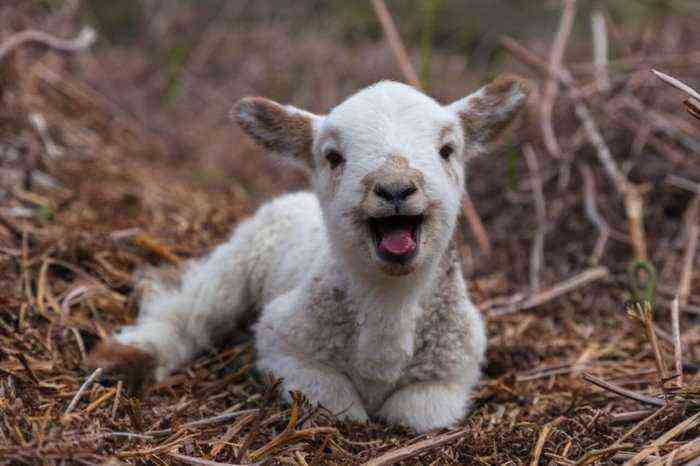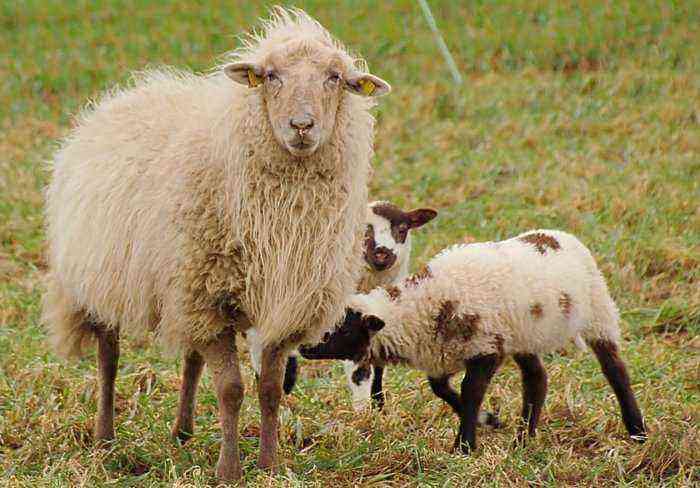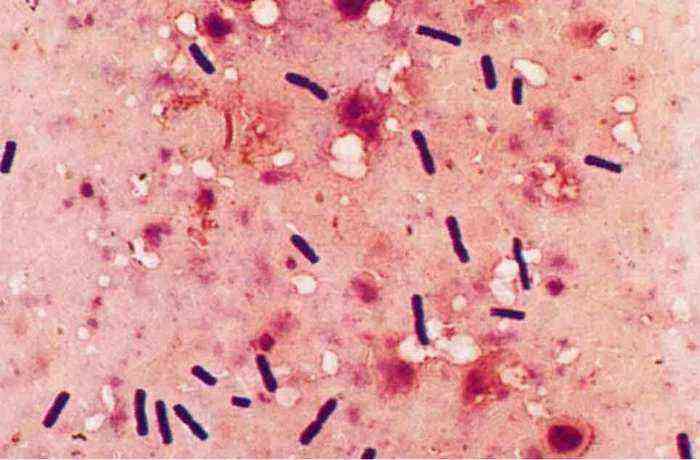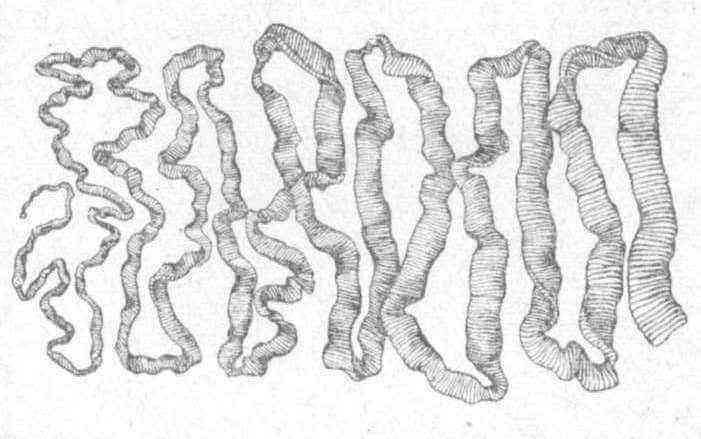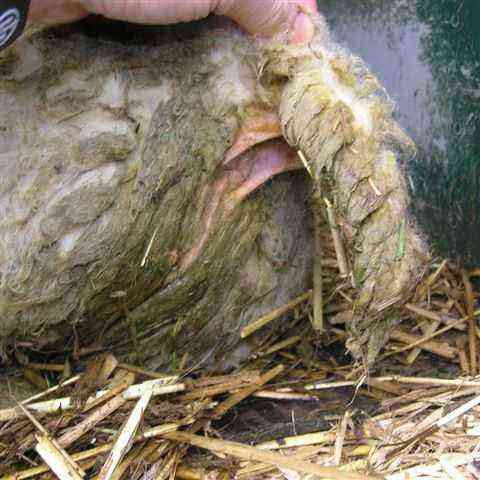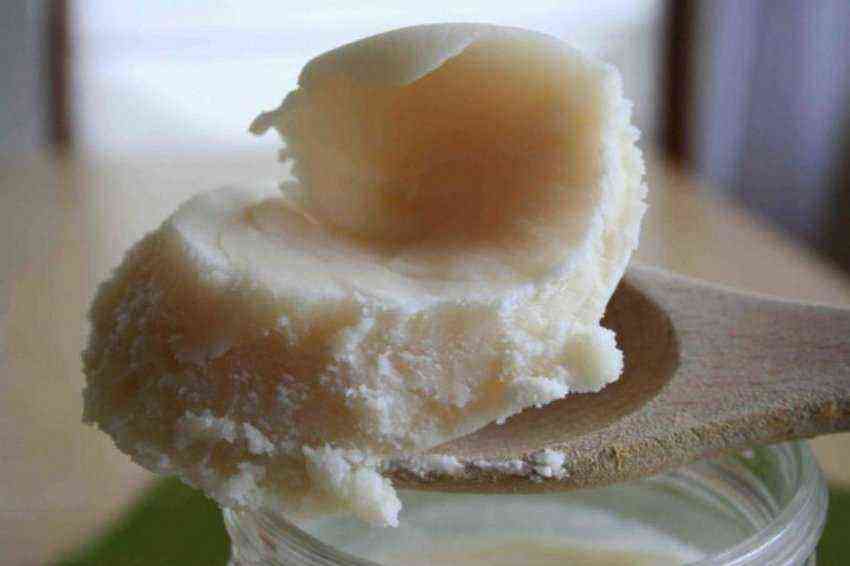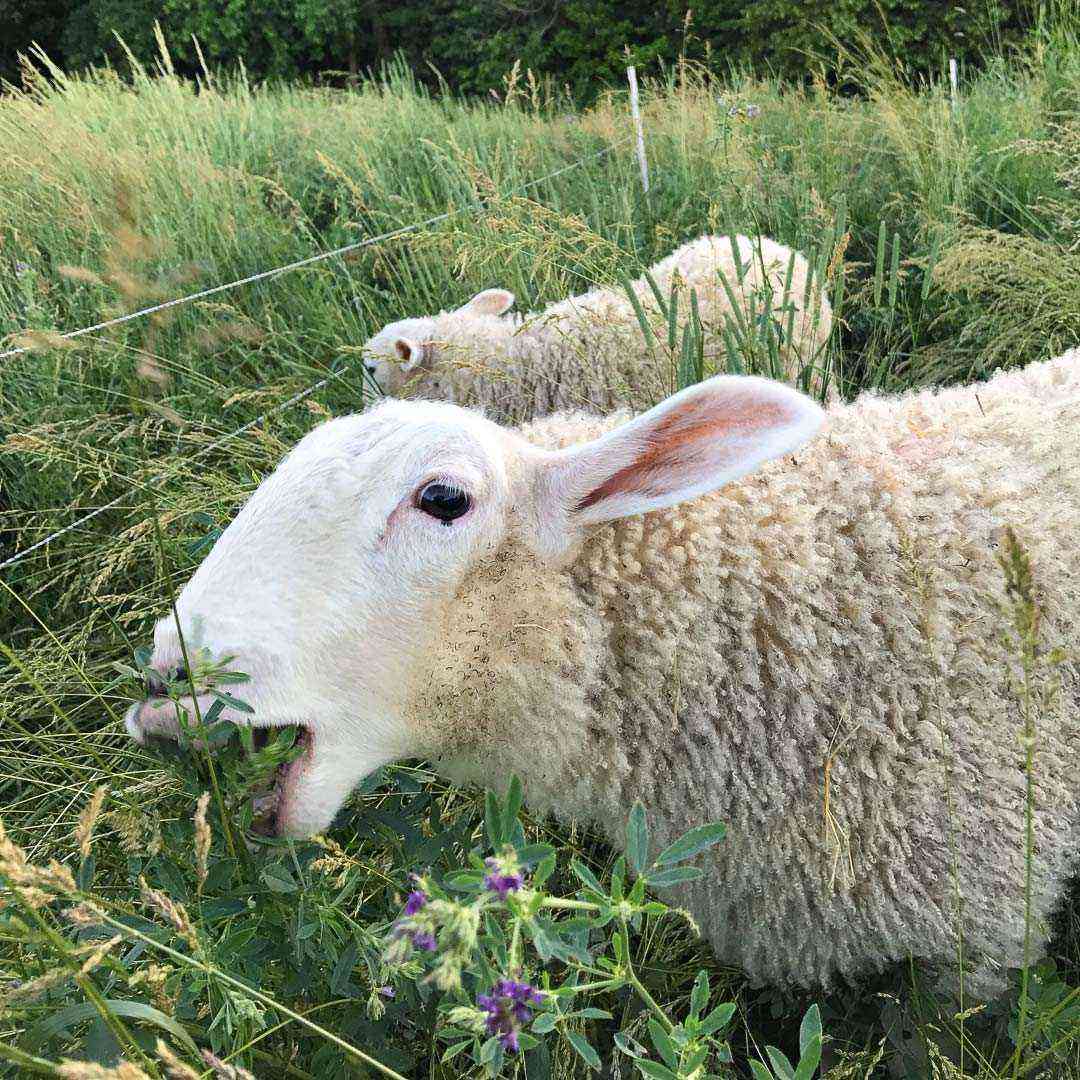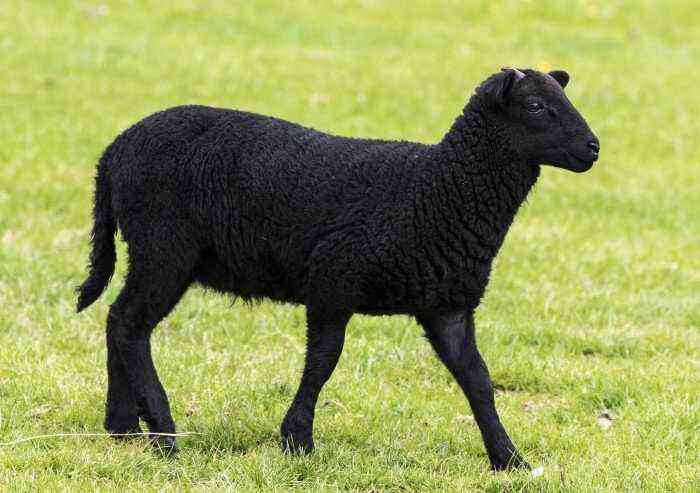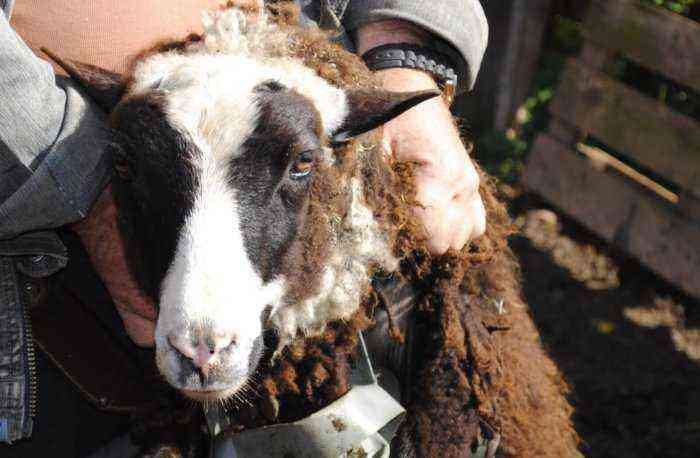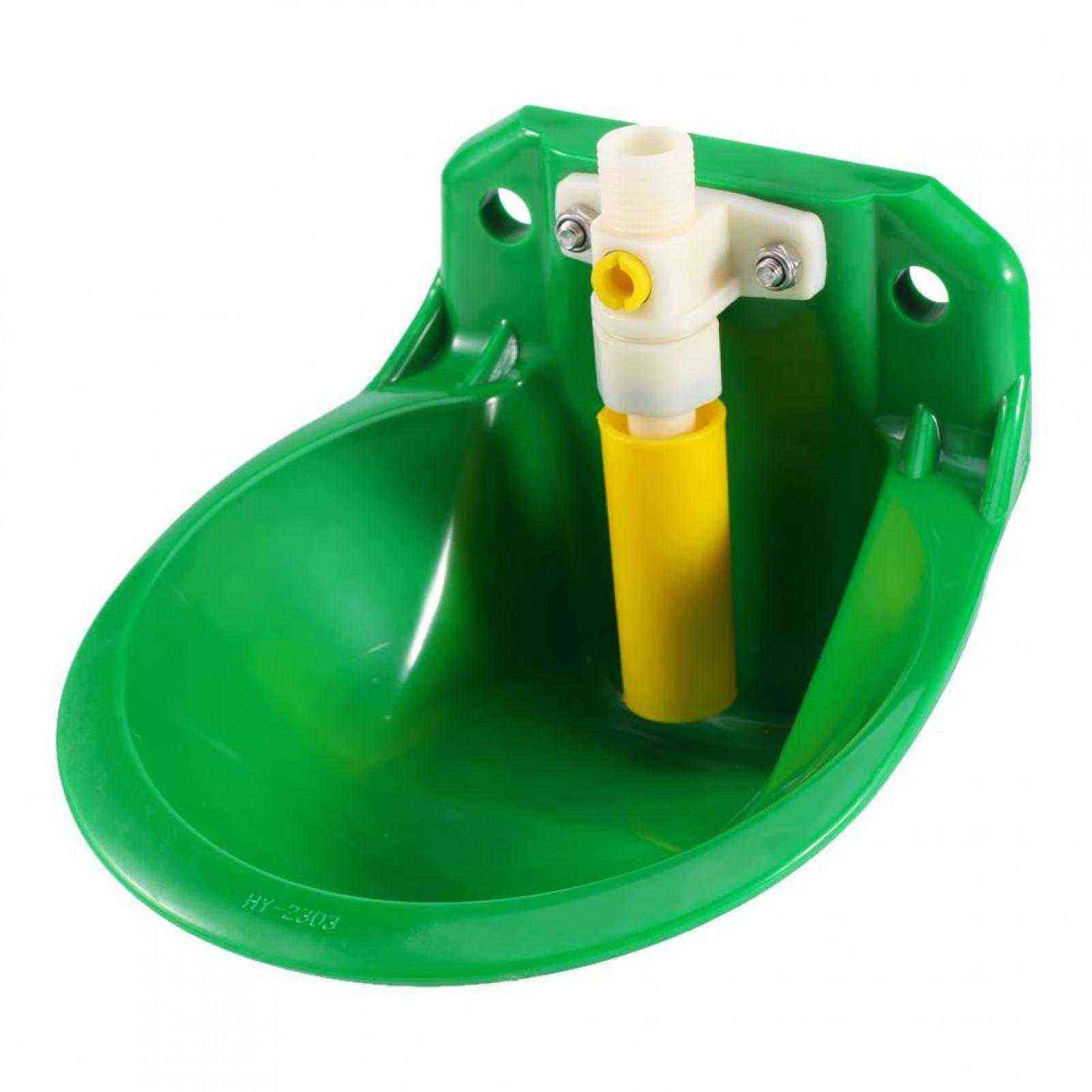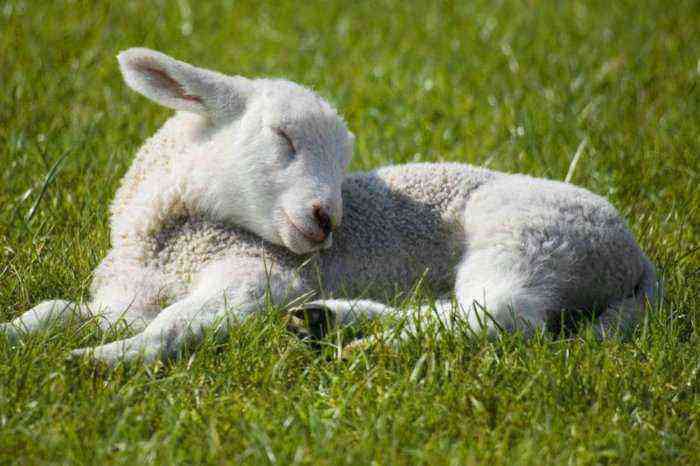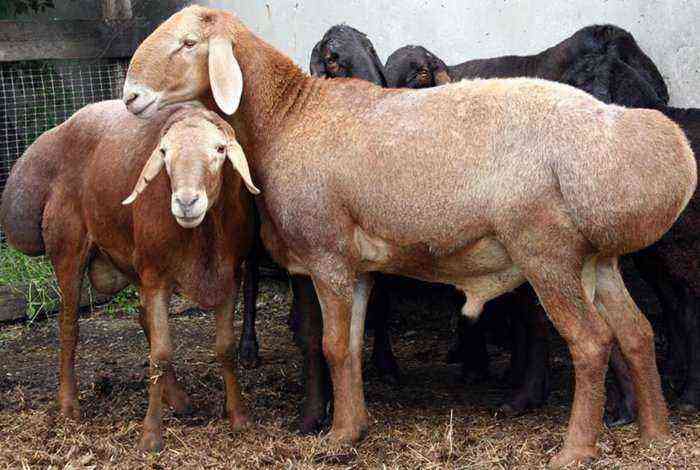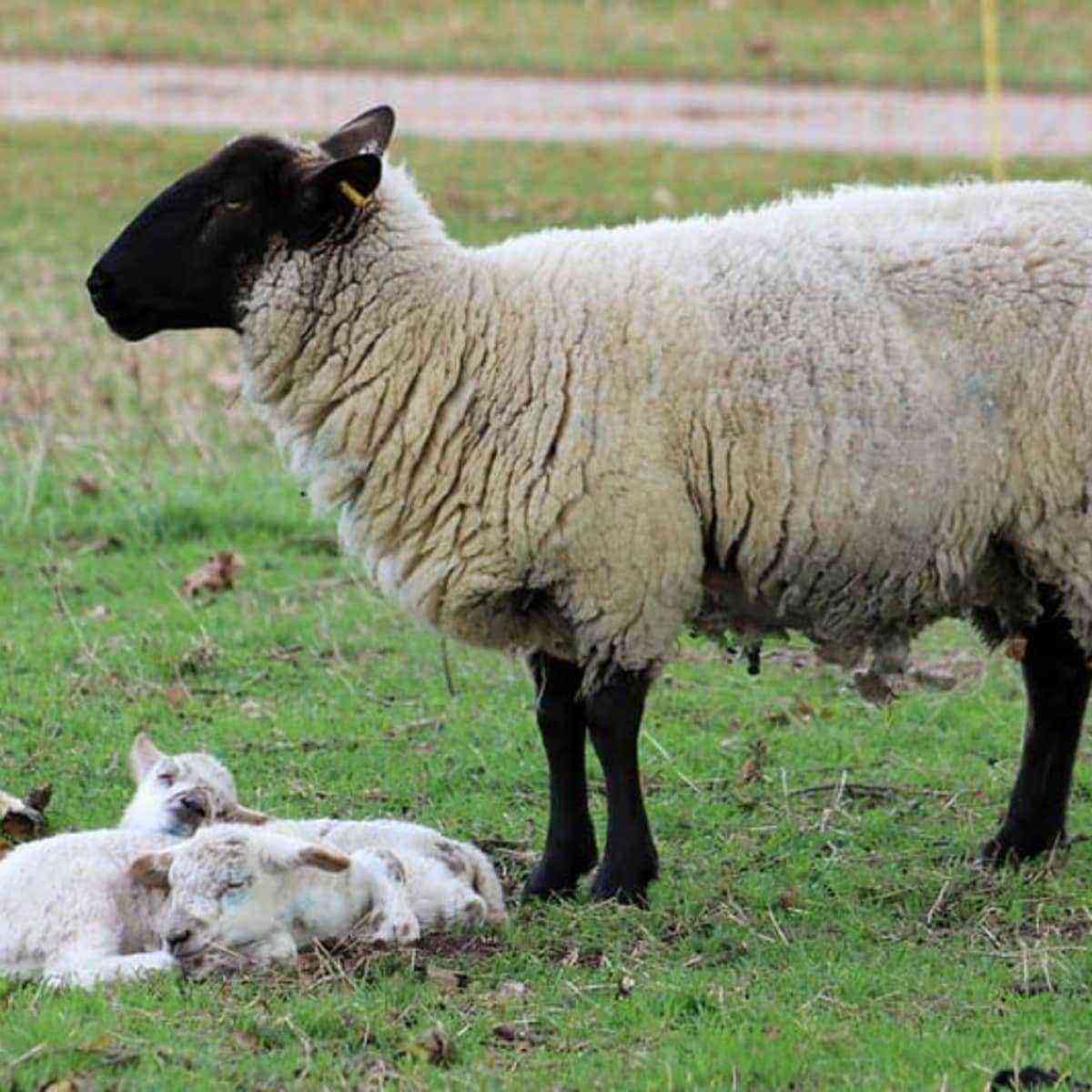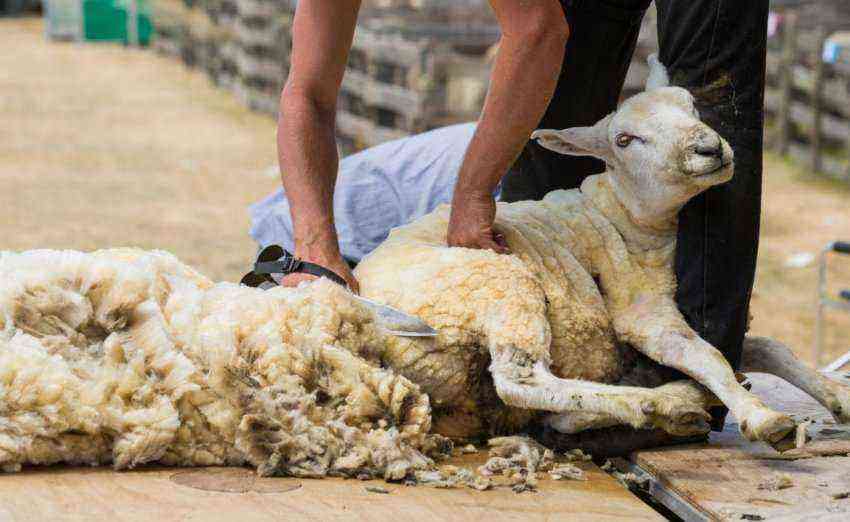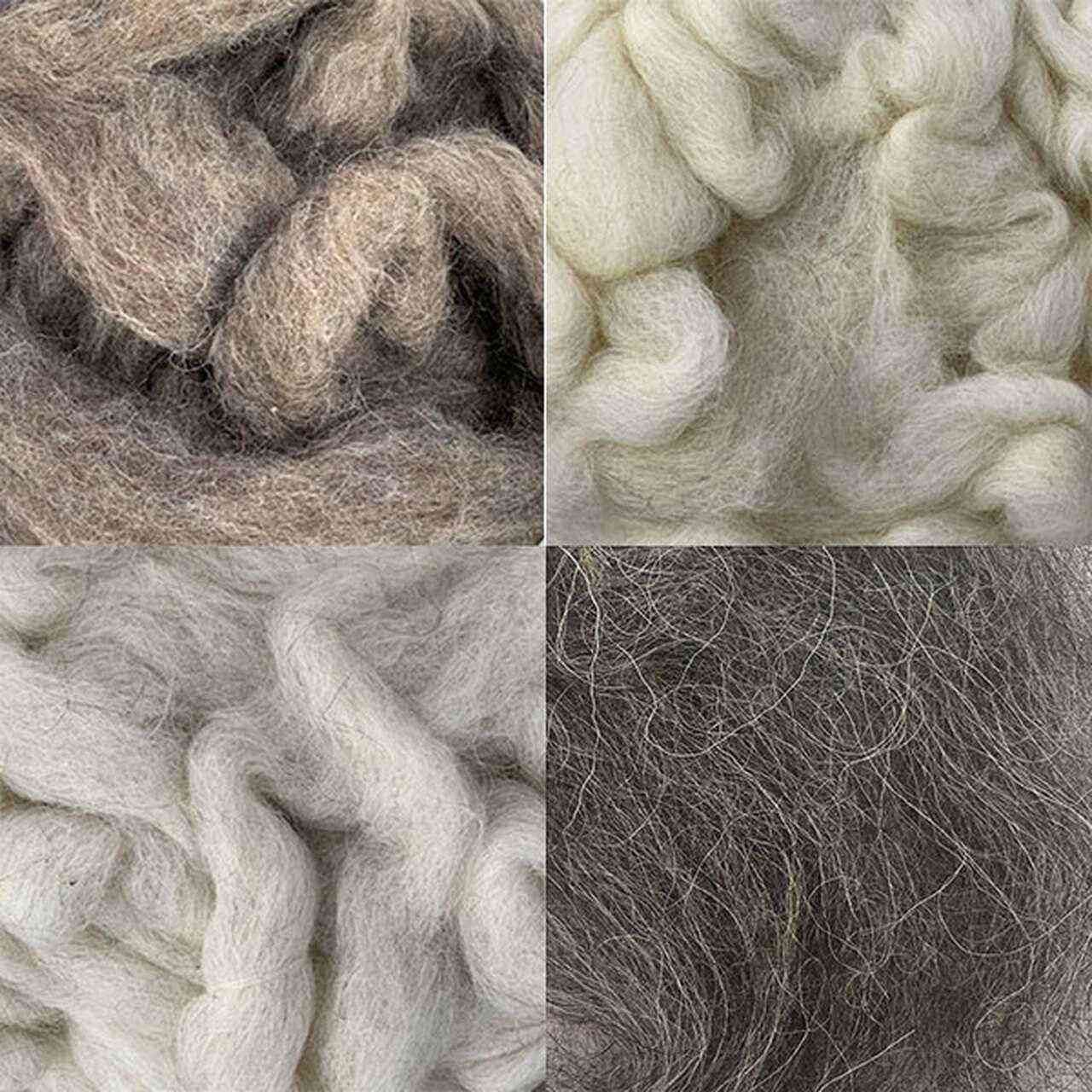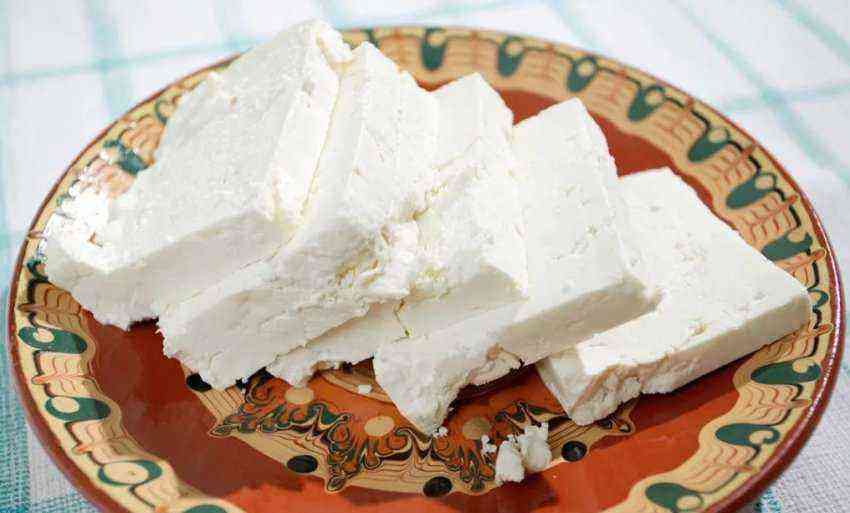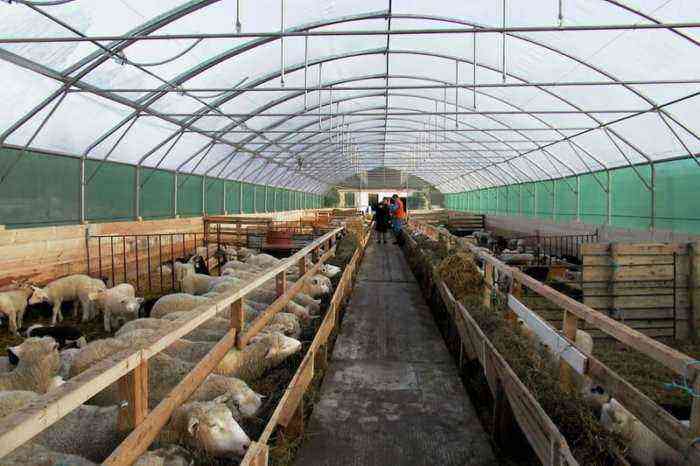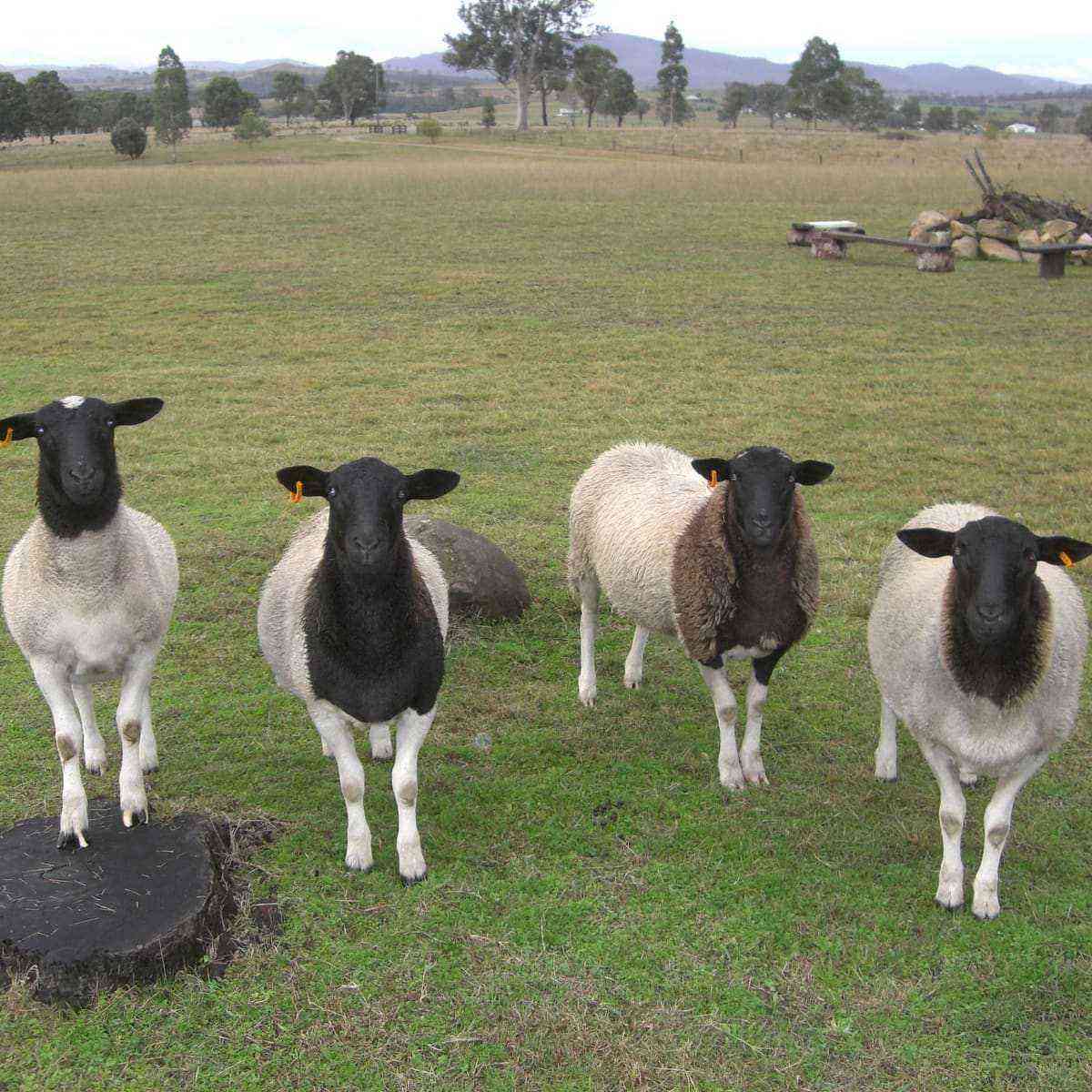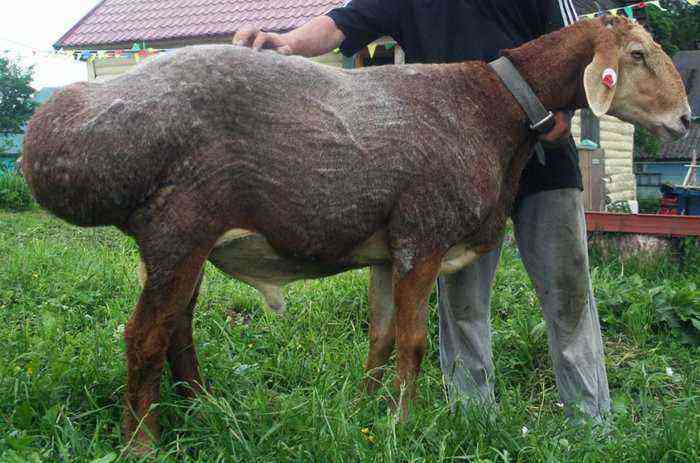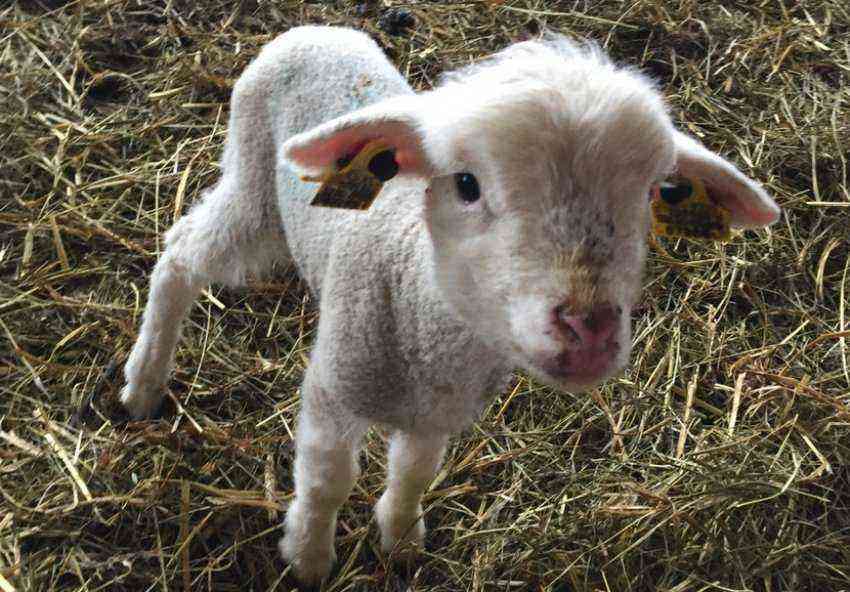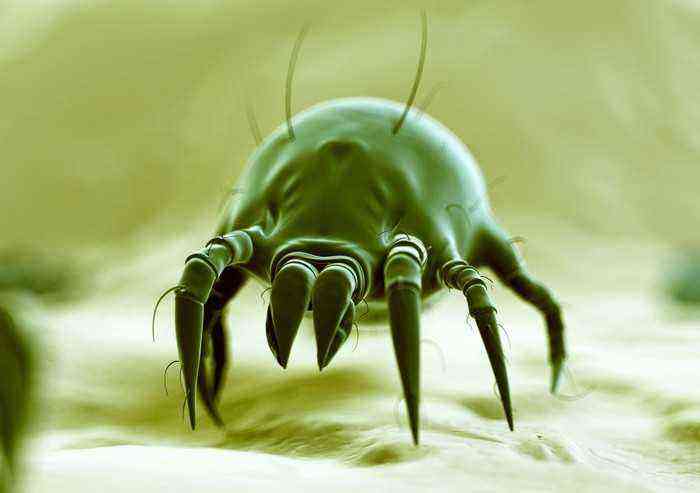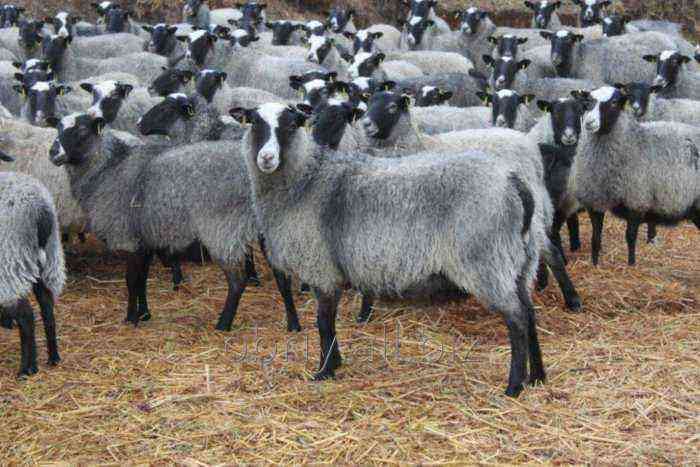The Tashlin breed of sheep appeared in the Stavropol Territory in 2008. In the Trunovsky district there is a Voroshilov collective farm, where initially they were engaged in breeding woolen sheep. However, after the collapse of the Soviet Union, difficult times came – there were practically no markets left for wool. The leaders of the collective farm had an idea – to change the direction of sheep breeding. They decided to create a meat breed, which they later called the Tashlin.
Tashlin breed of sheep
History
In the post-Soviet years, the profit received from the sale of sheep wool ceased to cover the cost of keeping animals. The leadership of the collective farm named after Voroshilov saw 2 ways in front of them – to stop breeding sheep or to develop a more promising industry – the production of lamb. At that time, there was a shortage of purebred meat sheep in Russia, and the demand for meat increased, so it was decided to create a new breed of sheep.
When SHP “Kalinovskoye”, located in the Aleksandrovsky district of the Stavropol Territory, went bankrupt, all breeding Dutch rams were taken from there to the collective farm. Voroshilov. Then work began on the creation of a new meat breed of sheep. Caucasian ewes began to be crossed with Texel and East Frisian rams. Queens with good traits were carefully selected from the resulting cross, after which they were crossed with texels. By selecting individuals with the best signs, it was possible to obtain a breed that was named Tashli in honor of the Tashla River.
In 2008, the Tashli breed of sheep was registered. The animals fully met the breeders’ expectations – they had a dense physique and were adapted to the local climate and feed. The breed has become in demand in different regions of Russia, it is bred in the Voronezh, Orenburg, Volgograd, Kursk, Lipetsk regions and the Krasnodar Territory, as well as in Tatarstan and Kalmykia.
Description
From texels, Tashli sheep inherited not only meat qualities, but also external features. Consider the characteristics of the breed:
- these animals are polled;
- the physique is knocked down, the muscular corset stands out well;
- body proportional;
- the head is compact, light;
- auricles are widely planted;
- neck of medium length, powerful;
- the back is straight, the lumbar zone is wide;
- the area of the sacrum is slightly raised, the croup is fleshy;
- the tail is short;
- weight of an adult ram – 100 kg, ewes – 65 kg;
- semi-thin wool, white fleece of staple-braid structure;
- fiber length reaches 12 cm;
- fineness level 48-56.
Attention! Tashli sheep at the first lambing bring 1 lamb, but later – 2, in rare cases – 3 cubs. The female fertility rate is 128-170%.
Sheep milk
The females of this breed inherited high milk production from the East Frisian ancestors. They show good maternal qualities, taking care of their offspring. Their milk is nutritious – the protein content in it reaches 5%, and fat – 7-8%.
Productivity
Tashli sheep are of the meat type, but they also provide farmers with high-quality wool. Consider the indicators of meat and wool productivity of the Tashli breed.
Meat
Animals are characterized by precocity, that is, rapid growth and weight gain. The average daily weight gain of lambs from birth to 5 months is 220-250 grams. The best lambs already weigh about 40 kg by the age of three months, and their weight gain per day exceeds 400 g.
Important! For 1 kg of weight gain of a lamb of the Tashli breed, 3,2 feed units are spent.
Lambs at the age of 5-6 months are fit for slaughter. The yield of pure meat is 46-48%. Carcasses of fattened nine-month-old lambs contain 80% meat and only 20% bones. These indicators speak for themselves – it is profitable to breed Tashli sheep.
The meat of these animals is in demand, as it is tender and juicy, and completely devoid of a specific smell. The fat layer under the skin of sheep is thin, because the fat evenly accumulates inside the muscle fibers, which gives the meat juiciness.
Woolen
Although the Tashlinskaya breed of sheep was bred in order to obtain high-quality lamb, its additional advantage was that these sheep generously endow farmers with a good fleece. The wool of these animals belongs to the crossbred type, the fibers are semi-thin. Their length is 11-12 cm.
The wool of these animals belongs to the crossbred type.
Sheep are sheared in autumn and spring. For a year, up to 7 kg of raw materials can be removed from each adult male, and 4-5 kg from a ewe. Depending on the sex and age of the animal, the quality of wool is different. From young individuals and queens, a fleece of 26-28 microns is obtained, it is assigned a 50-56 quality level. Sheep wool is white, it is in demand, because such a fleece can be dyed in any color.
Attention! The net yield of wool after washing in Tashli sheep is 58-62%.
Advantages of the breed
The Tashlinskaya sheep breed is popular in Russia and neighboring countries due to its merits. Consider them:
- high rates of meat and wool productivity;
- unpretentiousness;
- good fertility;
- pleasant taste of meat (lack of abundant fat, specific smell);
- precocity
- the ability to easily adapt to the climate of different regions.
Breeding a new meat breed of sheep on the Voroshilov collective farm in the Stavropol Territory was the right decision. At that time, Russia did not have its own gene pool of meat-producing sheep. Now it is one of the most popular breeds of domestic selection.
